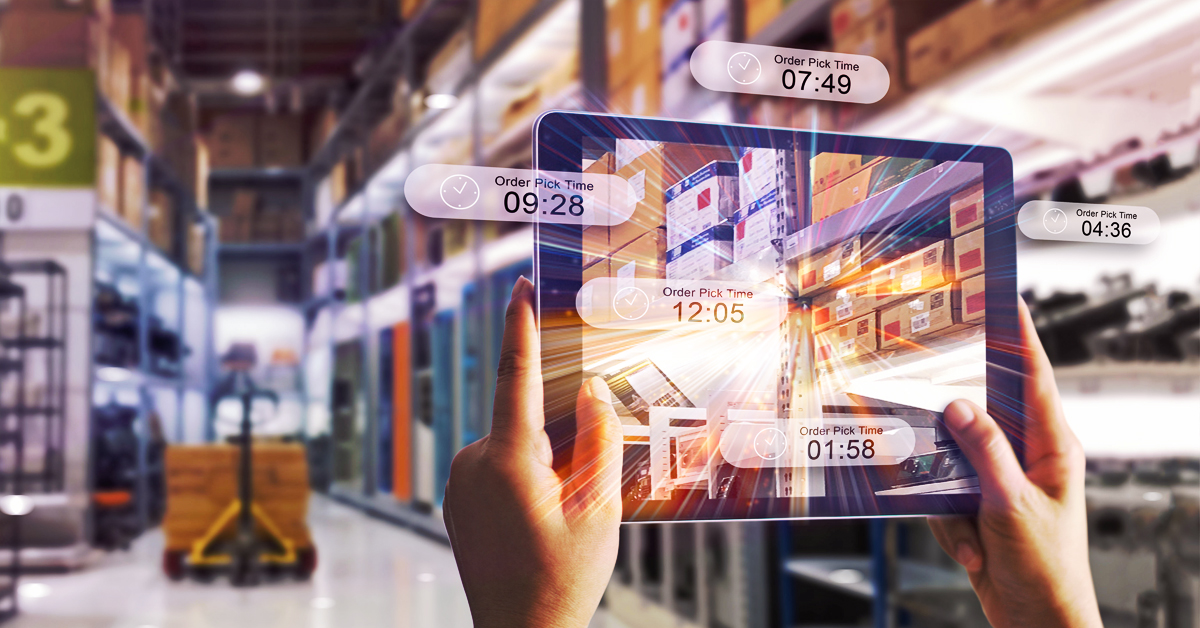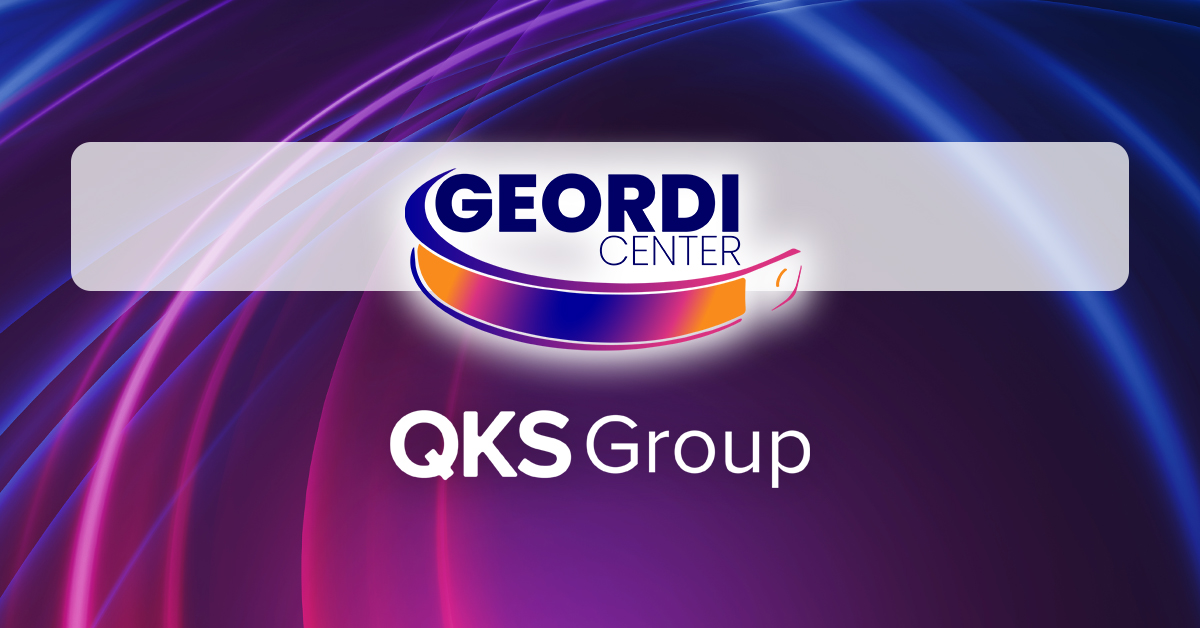- Managed Services and IT Support
- CX


Heather Lockhart, CMO
The retail revolution was well underway before the pandemic threw us all a curve ball. Technology changed the way consumers interact with brands and has empowered them in ways we could have only imagined just a few short years ago.
Retailers can set themselves up to survive in a rapidly changing post-pandemic environment by focusing on IT modernization and automated technology.
But for many retailers, that’s intimidating. The hesitation is holding them back from transforming the customer experience to grow revenue, reduce costs, and keep customers loyal.
To help overcome those fears, let’s debunk the most common myths we hear from retailers.
Myth 1 – Retail IT Modernization Isn’t Necessary
Retail, like many other industries, always has been hesitant to invest in new equipment. Retailers have been happy to squeeze as much out of their technology as possible and only replace it when it’s no longer feasible to properly maintain. Case in point: more than half of all POS software and about 40% of POS hardware are more than 5 years old, according to a report by Retail Consulting Partners.
The truth is that changing trends and rising customer expectations make modernization a necessity. Avoiding these investments in the name of short-term cost savings will ultimately cause long-term damage as modernized competitors gain the advantage and customers shift their purchases away from your brand.
A single negative experience – whether it is due to a technology failure, an unintegrated mobile app, or a long wait at a checkout – can drive a customer away for good. It takes 12 positive customer experiences to make up for one bad experience. In such a competitive environment, falling behind means losing business that is difficult to recover.
Myth 2 – IT Modernization is Expensive and Overwhelming
Modernization, digital transformation, store of the future… whatever you call it, it might sound like improving your customer’s experience will be daunting and expensive.
But remember: you don’t need to update everything all at once! Instead, start in one area and improve incrementally over time.
By having a clear understanding of your business, objectives, and where you want your company to be in the next five years, you can identify the areas that will have the most significant impact on your success. These “low-hanging fruits” can be implemented quickly and provide the ROI needed to start investing in other areas, allowing you to improve your experience within your budget.
Myth 3 – Retail Modernization Requires a Multi-Vendor Technology Solution
From in-store kiosks and digital menu boards to POS systems and mobile devices, stores are increasingly becoming technology hubs with hardware and software from multiple OEMs.
In the past, this meant dealing with as many as a dozen different vendors, each with their contract, service level agreements, and maintenance schedules. Worse, all these technologies might not even work together, limiting the benefits of having them in the first place.
Fortunately, by working with a vendor-agnostic, end-to-end solution provider, you can consolidate your technology and points of contact. This type of provider can help simplify your technology, decrease maintenance and repair costs, and make it easier to integrate equipment – providing a seamless experience for you and your customers.
Investing in What’s Next for Retail
True retail modernization requires more than just an investment in new technology. It requires strategic thinking across the entire organization – from store layouts and backend systems to the organizational structure and front-line staff.
At Compucom, we have long-term relationships with some of the world’s largest retailers, who trust our services to help them redefine the digital workplace experience. Partnering with us means harnessing best-in-class technology and transformative initiatives that will power the future of retail.
RecenT

Opportunity in Uncertainty: Turning 6 Top IT Challenges into Strategic Advantages

Navigating Uncertainty: Mitigate Risk and Unlock Opportunity with Strategic IT Sourcing

Future-Ready IT: Strategies to Optimize, Adapt, and Lead Through Uncertainty

Reimagining IT with the FLO Framework: Inside Compucom’s Geordi Center for Interactive Managed Services and Digital Workplace Solutions

Opportunity in Uncertainty: Optimize Your Remote, Hybrid, or In-Office Setup

9 Ways Strategic IT Staffing Empowers Organizations
TOPICS
The 3 Biggest Retail Modernization Myths, Debunked and Explained
- Managed Services and IT Support
- CX

Heather Lockhart, CMO
The retail revolution was well underway before the pandemic threw us all a curve ball. Technology changed the way consumers interact with brands and has empowered them in ways we could have only imagined just a few short years ago.
Retailers can set themselves up to survive in a rapidly changing post-pandemic environment by focusing on IT modernization and automated technology.
But for many retailers, that’s intimidating. The hesitation is holding them back from transforming the customer experience to grow revenue, reduce costs, and keep customers loyal.
To help overcome those fears, let’s debunk the most common myths we hear from retailers.
Myth 1 – Retail IT Modernization Isn’t Necessary
Retail, like many other industries, always has been hesitant to invest in new equipment. Retailers have been happy to squeeze as much out of their technology as possible and only replace it when it’s no longer feasible to properly maintain. Case in point: more than half of all POS software and about 40% of POS hardware are more than 5 years old, according to a report by Retail Consulting Partners.
The truth is that changing trends and rising customer expectations make modernization a necessity. Avoiding these investments in the name of short-term cost savings will ultimately cause long-term damage as modernized competitors gain the advantage and customers shift their purchases away from your brand.
A single negative experience – whether it is due to a technology failure, an unintegrated mobile app, or a long wait at a checkout – can drive a customer away for good. It takes 12 positive customer experiences to make up for one bad experience. In such a competitive environment, falling behind means losing business that is difficult to recover.
Myth 2 – IT Modernization is Expensive and Overwhelming
Modernization, digital transformation, store of the future… whatever you call it, it might sound like improving your customer’s experience will be daunting and expensive.
But remember: you don’t need to update everything all at once! Instead, start in one area and improve incrementally over time.
By having a clear understanding of your business, objectives, and where you want your company to be in the next five years, you can identify the areas that will have the most significant impact on your success. These “low-hanging fruits” can be implemented quickly and provide the ROI needed to start investing in other areas, allowing you to improve your experience within your budget.
Myth 3 – Retail Modernization Requires a Multi-Vendor Technology Solution
From in-store kiosks and digital menu boards to POS systems and mobile devices, stores are increasingly becoming technology hubs with hardware and software from multiple OEMs.
In the past, this meant dealing with as many as a dozen different vendors, each with their contract, service level agreements, and maintenance schedules. Worse, all these technologies might not even work together, limiting the benefits of having them in the first place.
Fortunately, by working with a vendor-agnostic, end-to-end solution provider, you can consolidate your technology and points of contact. This type of provider can help simplify your technology, decrease maintenance and repair costs, and make it easier to integrate equipment – providing a seamless experience for you and your customers.
Investing in What’s Next for Retail
True retail modernization requires more than just an investment in new technology. It requires strategic thinking across the entire organization – from store layouts and backend systems to the organizational structure and front-line staff.
At Compucom, we have long-term relationships with some of the world’s largest retailers, who trust our services to help them redefine the digital workplace experience. Partnering with us means harnessing best-in-class technology and transformative initiatives that will power the future of retail.
Recent Blogs

Opportunity in Uncertainty: Turning 6 Top IT Challenges into Strategic Advantages

Navigating Uncertainty: Mitigate Risk and Unlock Opportunity with Strategic IT Sourcing

Future-Ready IT: Strategies to Optimize, Adapt, and Lead Through Uncertainty

Reimagining IT with the FLO Framework: Inside Compucom’s Geordi Center for Interactive Managed Services and Digital Workplace Solutions

Opportunity in Uncertainty: Optimize Your Remote, Hybrid, or In-Office Setup




